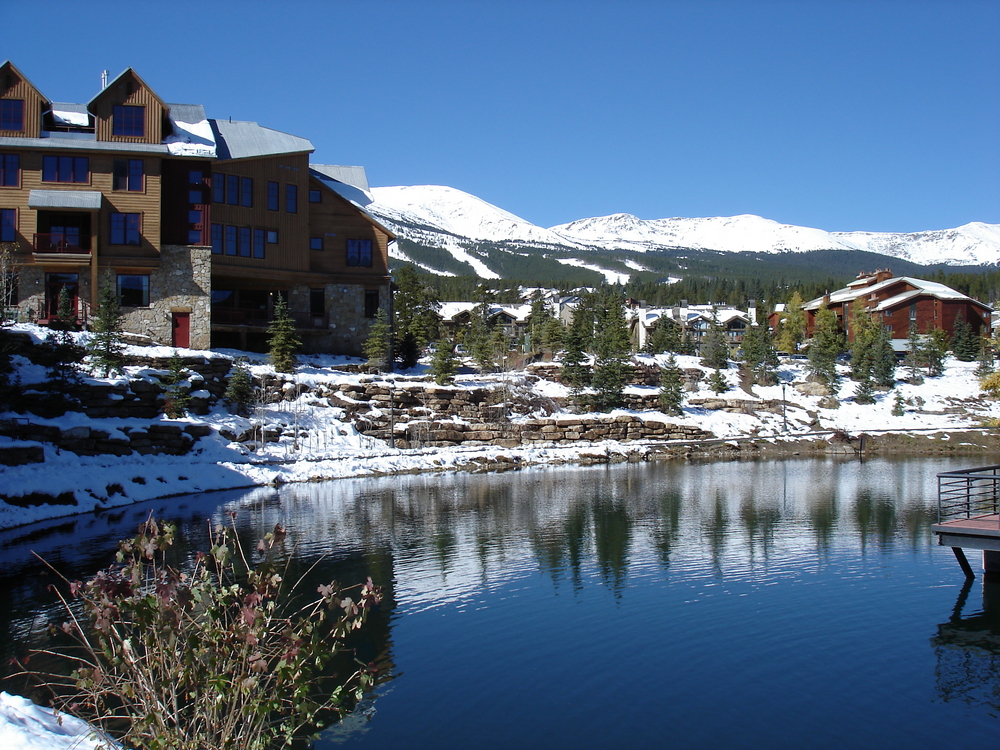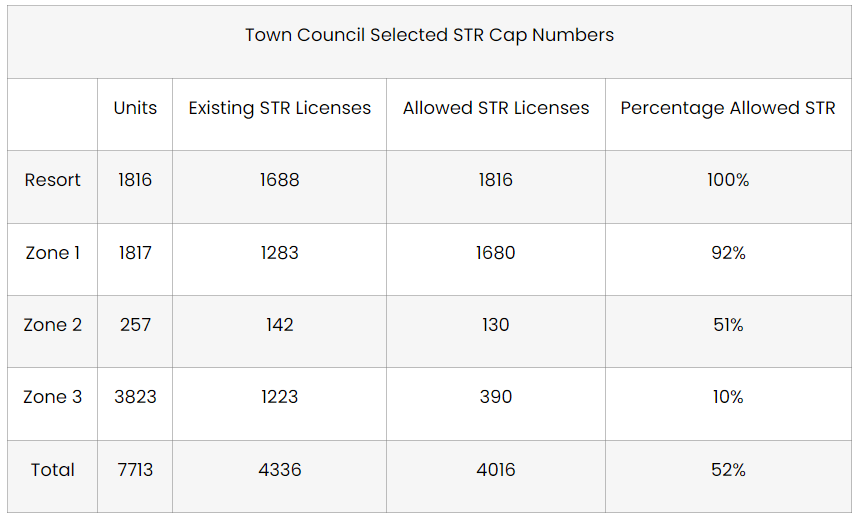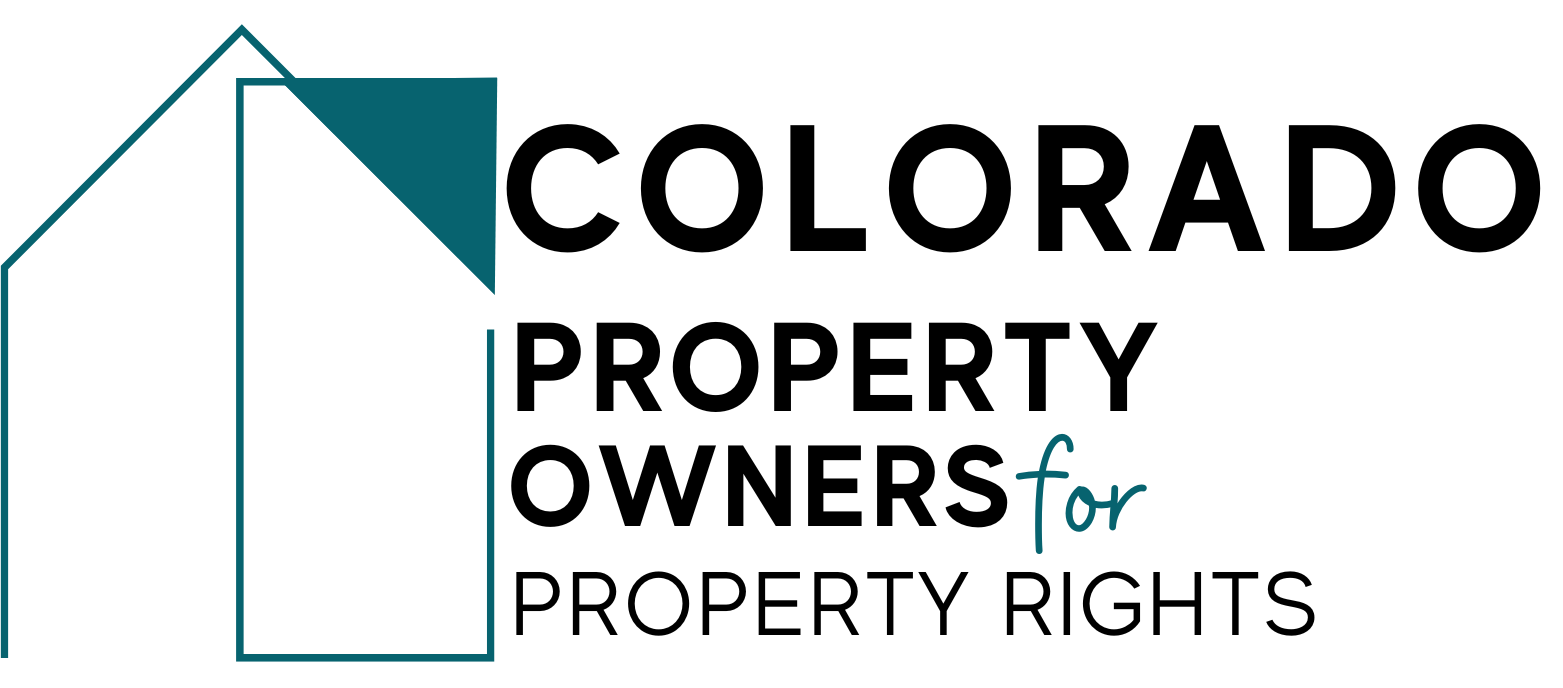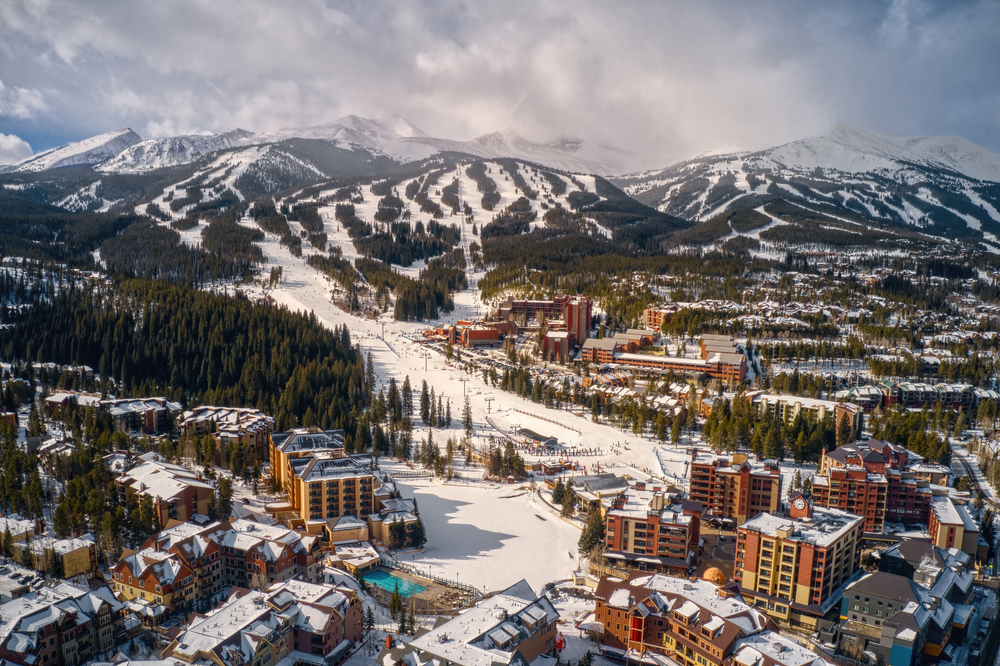
In 2021, the Breckenridge Town Council voted unanimously to approve a cap on the number of new short-term licenses to be issued. The stated goal was to reduce the number of short-term rentals in Breckenridge and to increase the number of long-term rentals available to the local workforce.
Through a series of meetings from August to November 2021, members of the community spoke to voice concerns over the potential economic impact to our tourist-driven community.

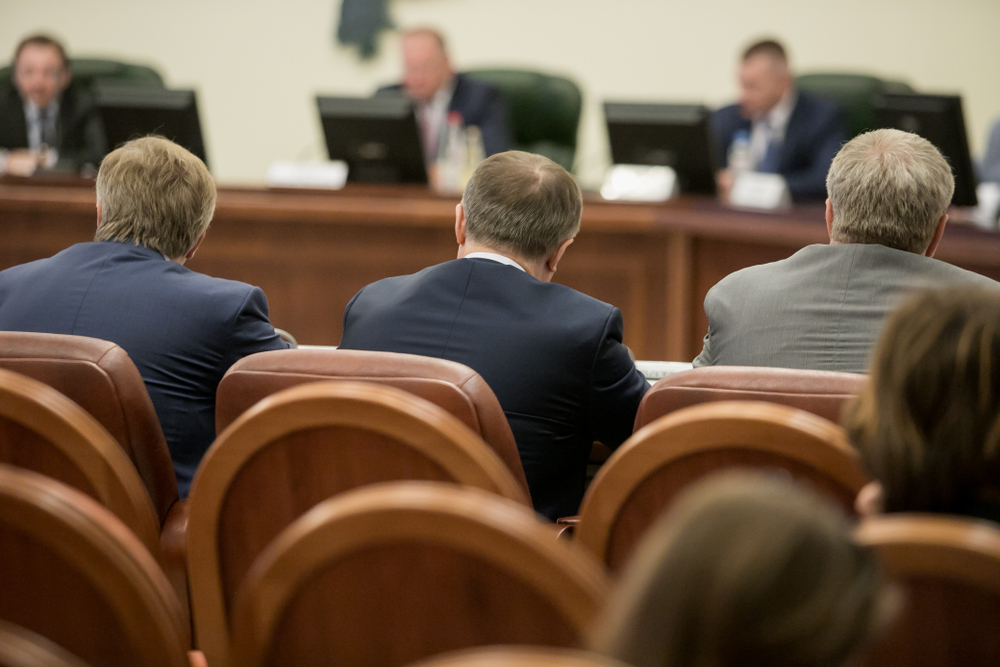
Over the span of multiple meetings, the Town Council was presented with more than 30 hours of public comments, including data from the property management community and testimony from numerous homeowners forecasting concerns of negative impacts to their financial future and that of Breckenridge. Many asked the Town Council to pause and not to make decisions in the midst of Covid. Despite this, the first ordinance was passed 7-0 with a promise to create a Task Force to re-evaluate the license cap in 2022.
From 2018 to 2020, the number of licenses in town remained relatively flat at around 3,750. The rumblings of an impending change to regulations triggered a “land rush” of new applications for licenses, and the number of licenses soared to 4,438 by December 2021. With this ordinance, the town effectively was under a moratorium since no new short-term rental licenses can be issued.


In spring 2022, the town formed a Task Force made up of town council members, realtors, property managers and locals to present a balanced solution to manage short-term rental licenses. After many meetings, the Task Force presented a concept of Tourism and Neighborhood Zone. The Zones were based on neighborhoods where concentrated vacation rentals already exist, surrounding downtown, ski area access and private home developments that were built to accommodate tourist demands. The Task Force also recommended increasing the license cap back to 2020 level, thus lifting the moratorium.
Rather than taking the Task Force’s recommendations, in September 2022, the town created short-term rental zones in town based on Land Use Districts, a planning map that was 40 years old, effectively designating winners and losers among vacation rental owners in Breckenridge. The town also imposed harsh per-bedroom license fees on vacation rentals, apparently hoping that these fees would prevent owners from renewing their licenses.
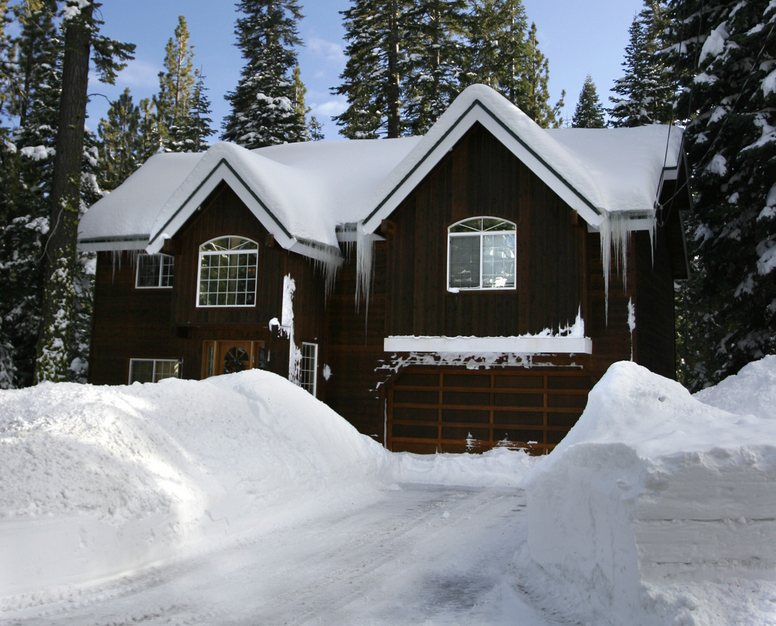

Now in 2023, as tourism declines and property values diminish, the town failed to meet their goals.

In 2021, the Breckenridge Town Council voted unanimously to approve a cap on the number of new short-term licenses to be issued. The stated goal was to reduce the number of short-term rentals in Breckenridge and to increase the number of long-term rentals available to the local workforce.

Through a series of meetings from August to November 2021, members of the community spoke to voice concerns over the potential economic impact to our tourist-driven community.

Over the span of multiple meetings, the Town Council was presented with more than 30 hours of public comments, including data from the property management community and testimony from numerous homeowners forecasting concerns of negative impacts to their financial future and that of Breckenridge. Many asked the Town Council to pause and not to make decisions in the midst of Covid. Despite this, the first ordinance was passed 7-0 with a promise to create a Task Force to re-evaluate the license cap in 2022.

From 2018 to 2020, the number of licenses in town remained relatively flat at around 3,750. The rumblings of an impending change to regulations triggered a “land rush” of new applications for licenses, and the number of licenses soared to 4,438 by December 2021. With this ordinance, the town effectively was under a moratorium since no new short-term rental licenses can be issued.

In spring 2022, the town formed a Task Force made up of town council members, realtors, property managers and locals to present a balanced solution to manage short-term rental licenses. After many meetings, the Task Force presented a concept of Tourism and Neighborhood Zone. The Zones were based on neighborhoods where concentrated vacation rentals already exist, surrounding downtown, ski area access and private home developments that were built to accommodate tourist demands. The Task Force also recommended increasing the license cap back to 2020 level, thus lifting the moratorium.

Rather than taking the Task Force’s recommendations, in September 2022, the town created short-term rental zones in town based on Land Use Districts, a planning map that was 40 years old, effectively designating winners and losers among vacation rental owners in Breckenridge. The town also imposed harsh per-bedroom license fees on vacation rentals, apparently hoping that these fees would prevent owners from renewing their licenses.

Now in 2023, as tourism declines and property values diminish, the town failed to meet their goals.

In 2021, the Breckenridge Town Council voted unanimously to approve a cap on the number of new short-term licenses to be issued. The stated goal was to reduce the number of short-term rentals in Breckenridge and to increase the number of long-term rentals available to the local workforce.
Through a series of meetings from August to November 2021, members of the community spoke to voice concerns over the potential economic impact to our tourist-driven community.


Over the span of multiple meetings, the Town Council was presented with more than 30 hours of public comments, including data from the property management community and testimony from numerous homeowners forecasting concerns of negative impacts to their financial future and that of Breckenridge. Many asked the Town Council to pause and not to make decisions in the midst of Covid. Despite this, the first ordinance was passed 7-0 with a promise to create a Task Force to re-evaluate the license cap in 2022.
From 2018 to 2020, the number of licenses in town remained relatively flat at around 3,750. The rumblings of an impending change to regulations triggered a “land rush” of new applications for licenses, and the number of licenses soared to 4,438 by December 2021. With this ordinance, the town effectively was under a moratorium since no new short-term rental licenses can be issued.


In spring 2022, the town formed a Task Force made up of town council members, realtors, property managers and locals to present a balanced solution to manage short-term rental licenses. After many meetings, the Task Force presented a concept of Tourism and Neighborhood Zone. The Zones were based on neighborhoods where concentrated vacation rentals already exist, surrounding downtown, ski area access and private home developments that were built to accommodate tourist demands. The Task Force also recommended increasing the license cap back to 2020 level, thus lifting the moratorium.
Rather than taking the Task Force’s recommendations, in September 2022, the town created short-term rental zones in town based on Land Use Districts, a planning map that was 40 years old, effectively designating winners and losers among vacation rental owners in Breckenridge. The town also imposed harsh per-bedroom license fees on vacation rentals, apparently hoping that these fees would prevent owners from renewing their licenses.


Now in 2023, as tourism declines and property values diminish, the town failed to meet their goals.

